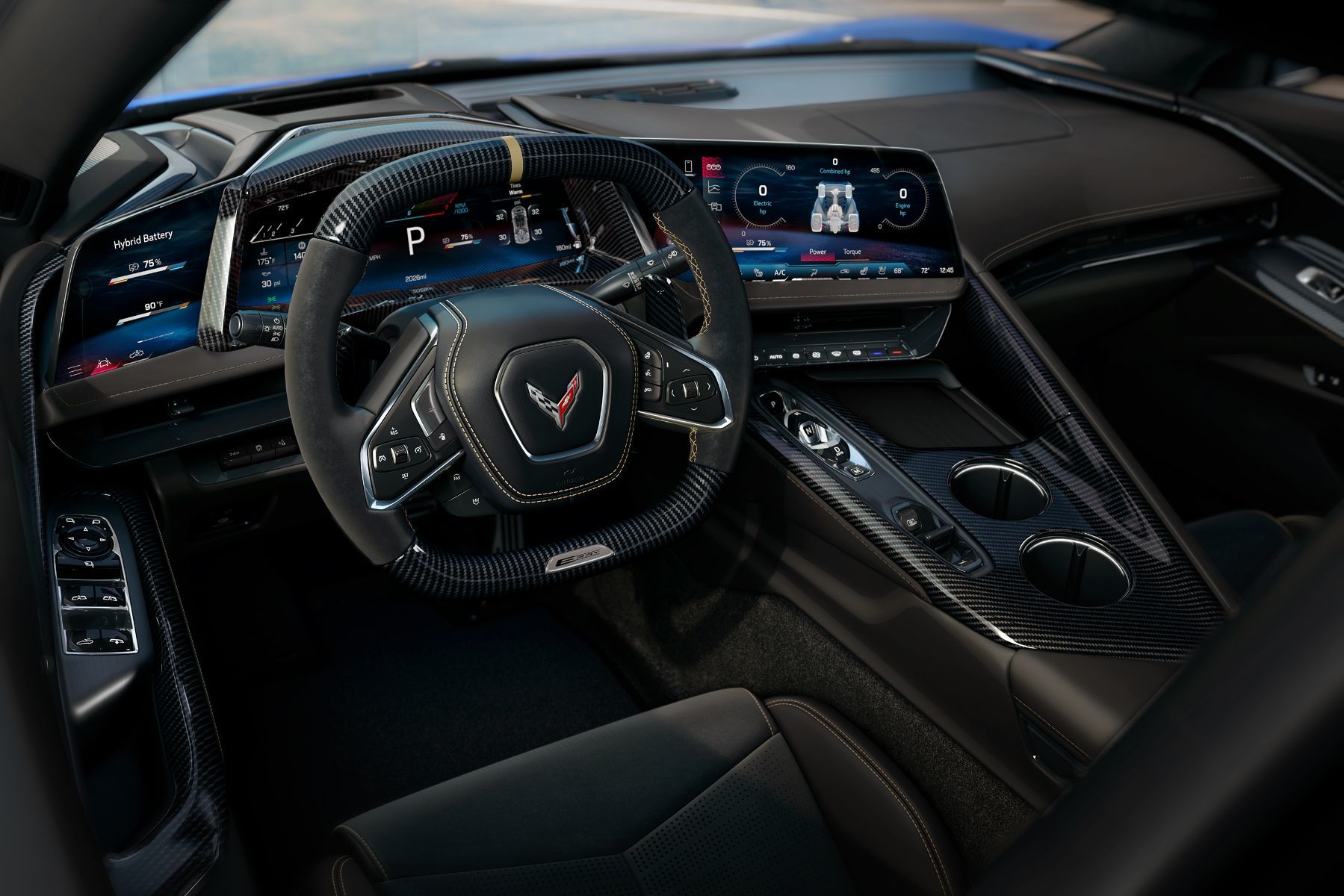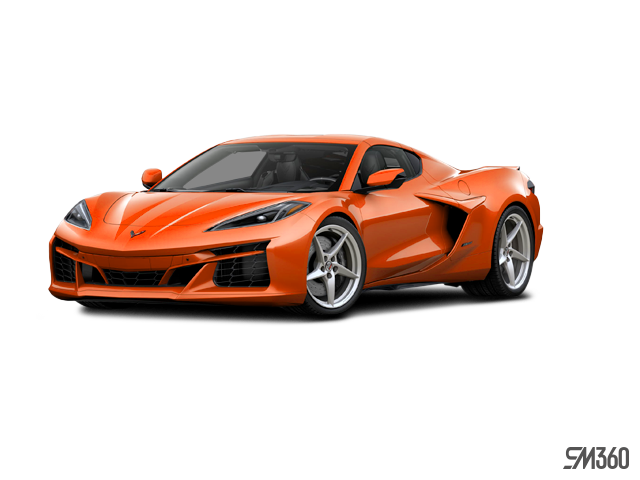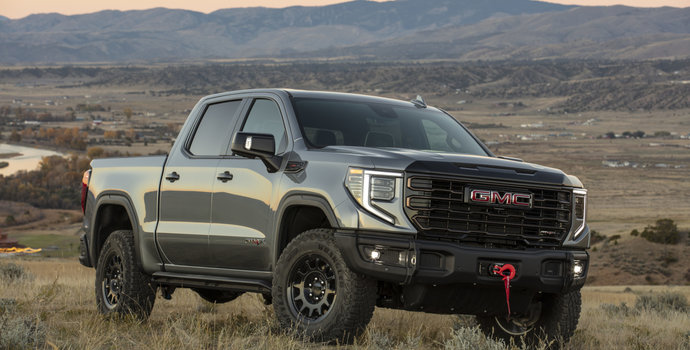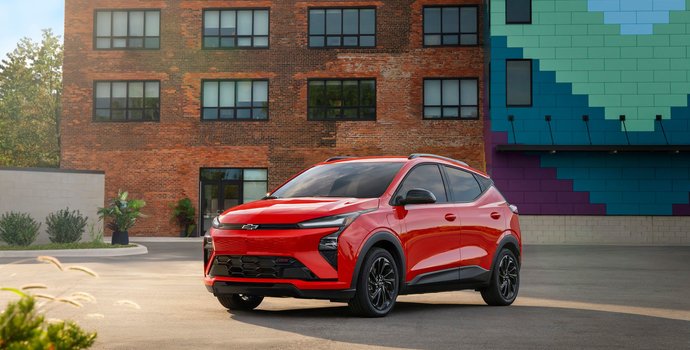There was a time when the interior of a Corvette was an afterthought—functional, but never a focal point. That era is now firmly behind us. The 2026 Chevrolet Corvette doesn’t just accelerate faster or corner sharper; it surrounds the driver with a redesigned interior that takes inspiration from motorsport design but delivers the tactile sophistication expected in a six-figure performance machine. Chevrolet hasn’t merely tweaked the cabin—it’s reinvented the cockpit to bring the Corvette into a new chapter of usability, luxury, and immersive technology.
What’s Changed—and Why It Matters

Stepping into the new 2026 Corvette feels less like entering a traditional sports car and more like sliding into a custom-built control centre. The entire layout has been reengineered to tighten the connection between driver and machine, but also to give passengers a more open, refined space. The most visible change is the introduction of a new display configuration: three screens now form the digital heart of the interior, with a sharper, wider instrument panel, a more responsive central interface, and a newly added display tucked beside the steering wheel—positioned exclusively for the driver’s direct access.
It’s not just about visual updates. The positioning of key controls—drive modes, audio, HVAC—has been carefully reconsidered. These changes seem small on paper, but in practice, they improve the way drivers interact with the car. The new Corvette doesn’t require you to adapt to its layout. Instead, it adapts to how drivers expect things to feel.
Display Technology That Keeps Pace with the Engine

The core of the new interior is a digital system designed around speed—both literal and functional. The expanded screens respond faster, update more fluidly, and offer custom layouts that change depending on whether you’re cruising or pushing the limits. One subtle but impactful addition is the customizable auxiliary screen to the driver’s left, a space where performance data like tire pressure, G-forces, or drivetrain status can be viewed without disrupting the main display or infotainment interface.
Importantly, these changes aren’t about more screens for the sake of spectacle. There’s a clear logic behind the integration: make key performance information accessible when needed, and keep the experience streamlined when it’s not. The head-up display now uses a simplified virtual control, opening physical space for more intuitive physical performance controls, such as Performance Traction Management toggles.
How the Corvette Cabin Now Feels
This is the most driver-focused interior Corvette has ever created, but that doesn’t mean it’s austere. Quite the opposite. The 2026 model introduces a renewed sense of craftsmanship, from real aluminum accents in the cupholders to the debut of sueded microfiber covering nearly every surface in the Ultimate Suede interior option. A new asymmetrical design in Jet Black and Adrenaline Red creates a striking visual split between driver and passenger zones—subtle but theatrical, and more than just a colour scheme. Even the seating can be customized independently, with the option to equip the driver’s seat in Adrenaline Red Competition trim while leaving the passenger in a more subdued black GT2 configuration.
These small choices reflect a broader shift: the Corvette is no longer just a performance icon; it’s a customizable luxury experience. With four all-new interior colour options—including a vibrant Santorini Blue and a rich, dark brown called Very Dark Atmosphere—Chevrolet is allowing owners to create an interior as bold or understated as they like.
User Experience Meets Motorsport Precision

Practical improvements may not be as photogenic, but they matter. Cupholders now feature ambient lighting and soft-touch liners. The volume knob is easier to grip and see, especially during night driving. A wireless phone charger has been integrated and protected by a lid to prevent the device from moving during spirited driving. A new USB-C port for the passenger adds modern convenience.
And while Corvette fans will debate lap times and power-to-weight ratios, many will appreciate the new electrochromic roof even more: it allows drivers to adjust roof tint levels with the press of a button—offering instant relief on sunny days without sacrificing the targa experience. These are the kinds of features that make a car easier to live with without compromising what makes it exciting.
Technology That Drives With You
With Google built-in and a redesigned Performance Data Recorder interface, the 2026 Corvette connects more deeply with its driver—both on and off the track. Voice commands now control nearly every system, including temperature, navigation, and media, while Google Play access lets you stream content or even browse the internet while parked. Chevrolet understands that today’s owners want their vehicles to be as connected as their homes—and the new Corvette delivers.
Importantly, the Performance App now runs across all models, not just the electrified E-Ray. That means any 2026 Corvette driver can access power flow visualizations, set custom acceleration test parameters, or monitor engine temperatures and battery status live—all from within the car’s updated digital interface.
Designed to Match the Machine

Of course, no update to the Corvette’s interior would be complete without consideration for how it performs in motion. The new PTM Pro mode—added across the range—gives drivers more control than ever by dialing back electronic interference while maintaining safety-critical systems like ABS. This mode is especially relevant for those looking to push limits on a closed track, where precision and control matter more than intervention.
The addition of a more prominent Charge+ button on the E-Ray’s steering wheel also highlights Chevrolet’s continued investment in performance hybrid technology. It’s clear that the Corvette team isn’t just thinking about comfort—they’re engineering every inch of this cabin with track capability in mind.
Conclusion
The 2026 Chevrolet Corvette’s redesigned interior is a decisive shift—not just an evolution of the C8’s already impressive layout, but a redefinition of what it means to drive a Corvette. With its heightened driver orientation, intuitive control layout, digital versatility, and greater material richness, the Corvette’s cabin is now as much a part of the car’s identity as its engine or suspension.
This is a supercar that doesn’t just perform on the road—it engages every sense, every time you’re behind the wheel. For the first time, the Corvette isn’t just defined by how it drives. It’s now equally defined by how it feels to sit inside.
You might also be interested in these blogs: 5 Breakthrough Features of the 2026 Chevrolet Corvette ZR1X | A Look At The All-New 2020 GMC Sierra | Applewood Chevrolet Buick GMC in Mississauga | 10 Things to Know About the New 2025 Chevrolet Corvette ZR1










